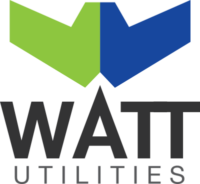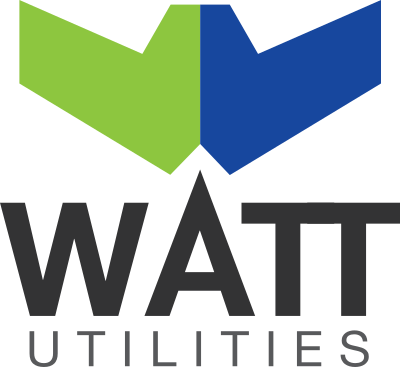
Welcome to today’s deep dive into peak tariff charges and the practical strategies small and medium enterprises (SMEs) in Australia can implement to navigate this landscape successfully. Understanding how to adjust your business operations during peak hours is not only a cost-saving practice but also enhances energy efficiency and corporate responsibility.
With energy prices fluctuating, it’s crucial to employ strategies that keep operations efficient and expenses manageable. Today, let’s explore how smart load scheduling can be a game-changer for your business.
Peak tariff charges are extra costs imposed on energy use during hours of high demand. These periods are usually part of a time-of-use energy tariff system designed to incentivise lower energy consumption when the grid is under the most strain. In Australia, peak hours can greatly differ, but they typically fall in late afternoon and early evening, particularly on weekdays.
The impact on an SME can be significant: operating during these hours means higher electricity bills. Therefore, understanding these times and how they influence your bills is pivotal for cost management.
The foremost benefit of smart load scheduling is straightforward: reducing operational costs. By shifting energy consumption to off-peak times, your business can leverage lower tariff rates. Additionally, smart load scheduling supports energy efficiency, which can not only reduce costs but also enhance your brand’s reputation by contributing to sustainability efforts.
Begin by evaluating your business activities to pinpoint which ones consume the most power. Once identified, schedule these for off-peak hours if possible. This strategy requires understanding your energy consumption patterns and being flexible enough to adjust operations.
Today’s technology offers sophisticated energy management systems that can automate the process of load scheduling. These systems analyse your energy usage patterns and automatically adjust consumption to capitalise on off-peak tariff periods, thus optimising your energy bill without manual intervention.
Integrating renewable sources, like solar panels or wind turbines, could further reduce dependency on the grid during peak times. During peak hours, when energy is more expensive, using generated renewable energy can offset costs significantly.
The first step toward effective load scheduling is conducting an energy audit. This audit will help you identify key areas where energy is used most and what shifts can be made. After the audit, it’s important to set realistic energy use reduction targets to guide your scheduling strategy.
Change is often met with resistance unless it is accompanied by understanding and training. Educate your team about the importance of energy management and how they can contribute by adhering to new operation schedules and using new technologies.
As your business starts to implement these new strategies, continuous monitoring is essential to understand their impact. Utilise energy management software to track performance and refine strategies as necessary to optimise savings and efficiency.
Implementing smart load scheduling strategies isn’t just about reducing costs; it’s about operating smarter and positioning your SME as a responsible and forward-thinking enterprise. We can not only minimise our operational costs but also our environmental impact.
Ready to take control of your energy costs? Explore more strategies and professional guidance on our Energy Cost Savings page, or connect with our skilled team directly through our Contact Page. Our experts are eager to help you tailor the most effective strategies for your business’s unique needs.



Fields marked with * are required.

Fields marked with * are required.